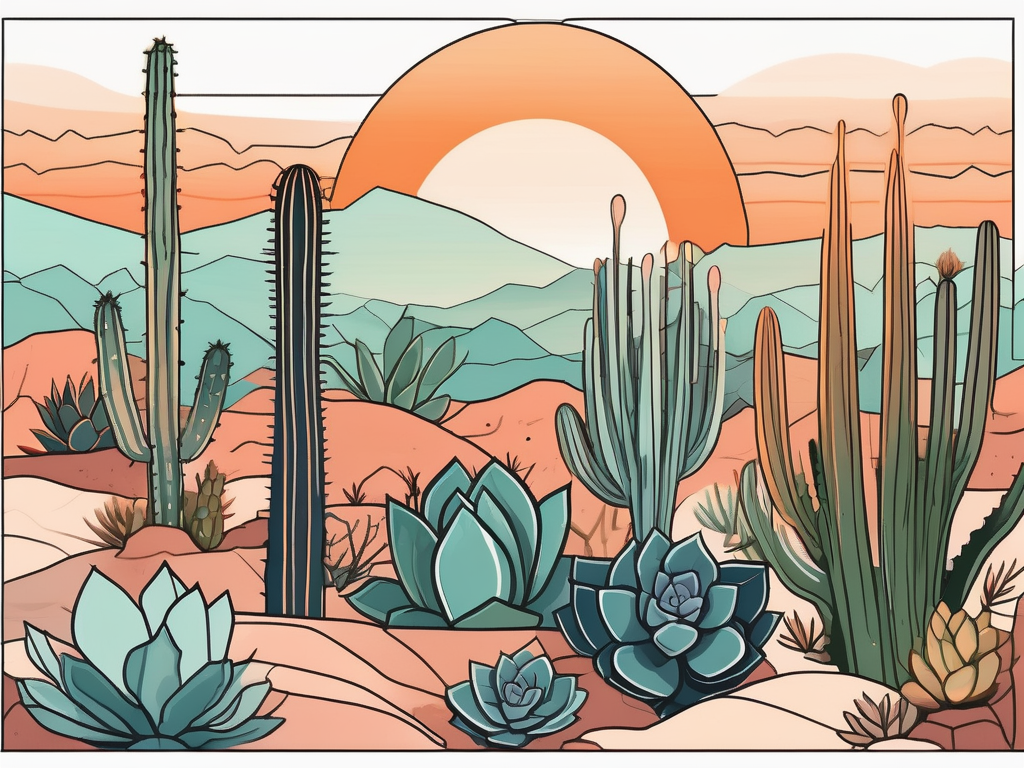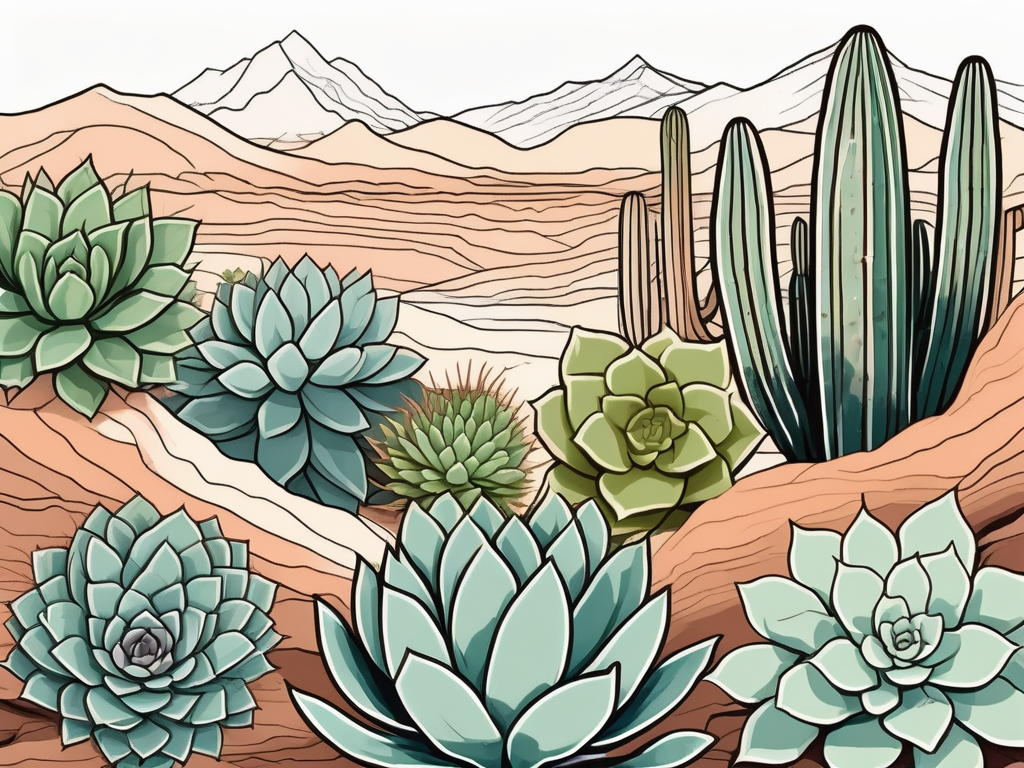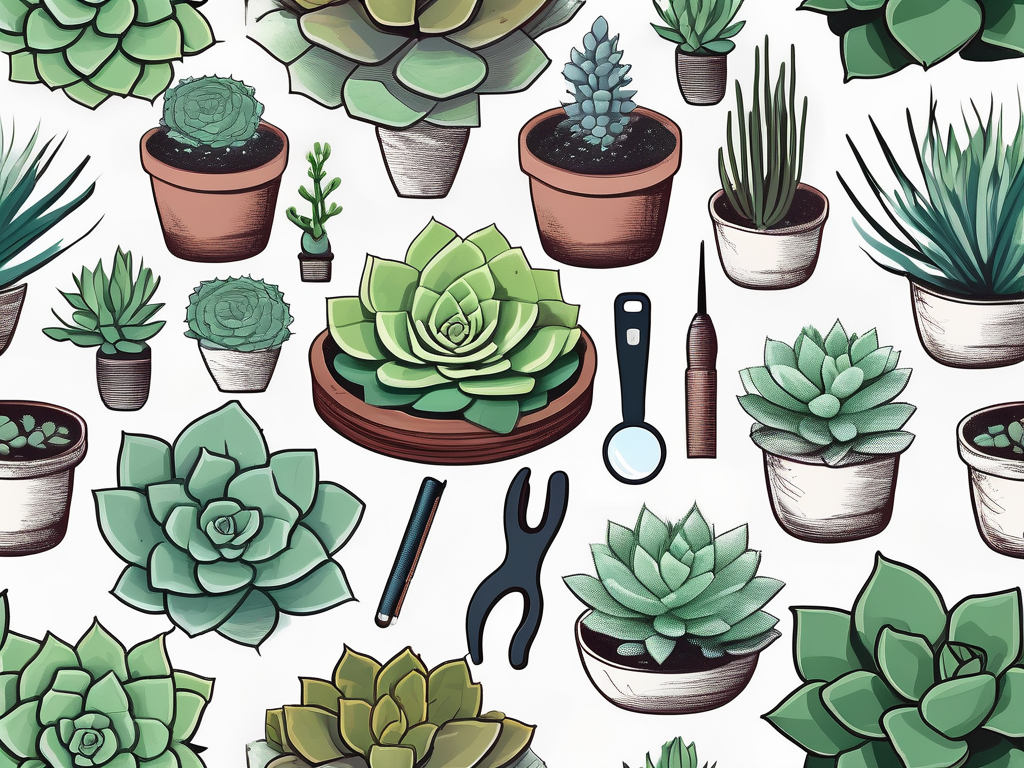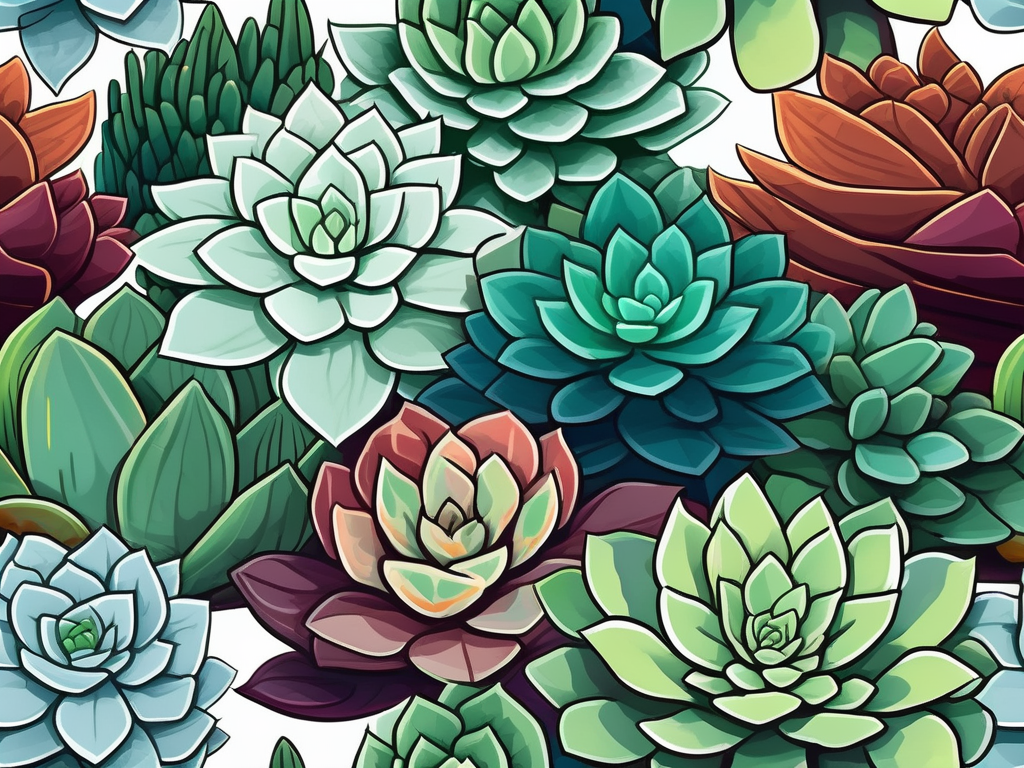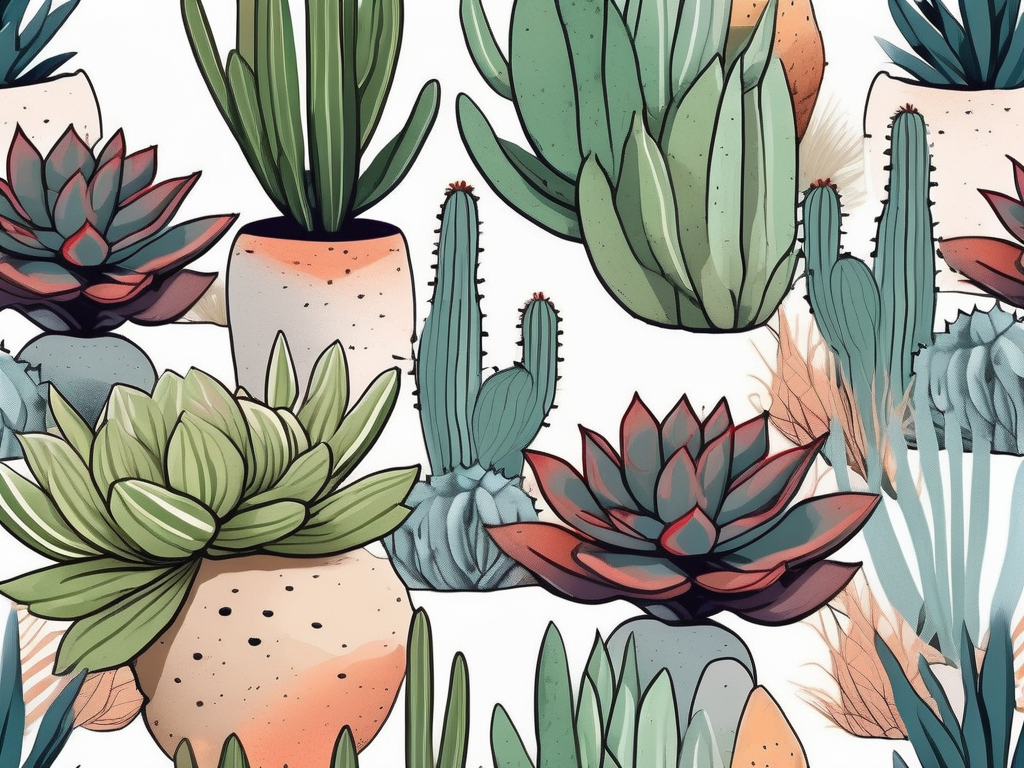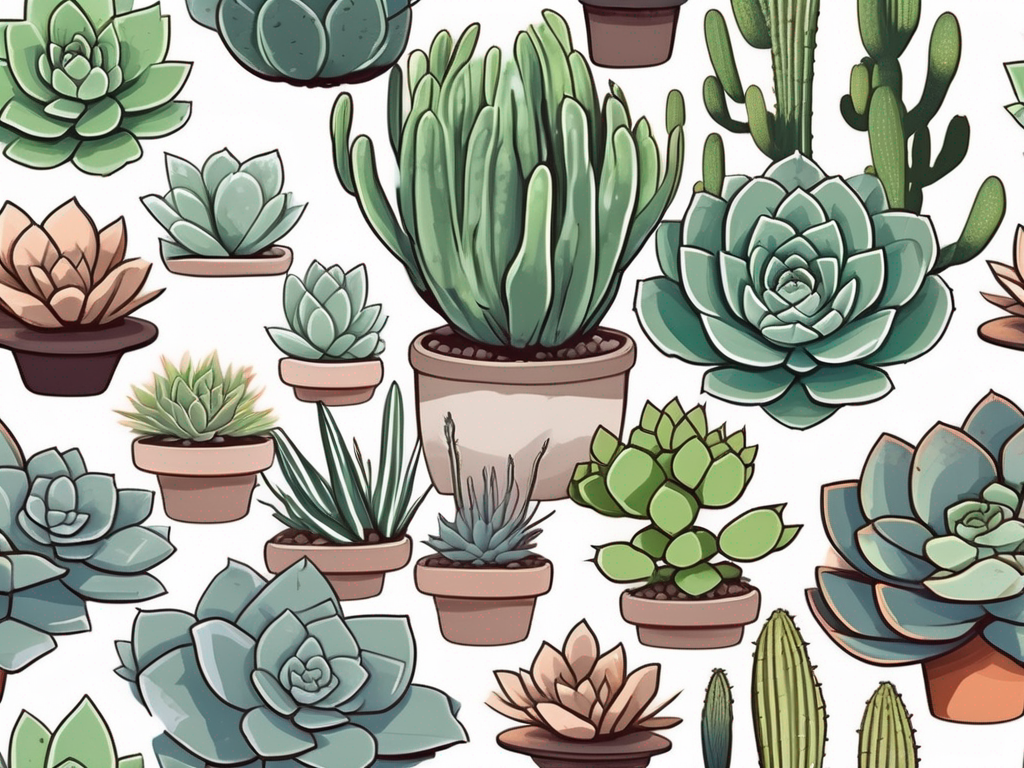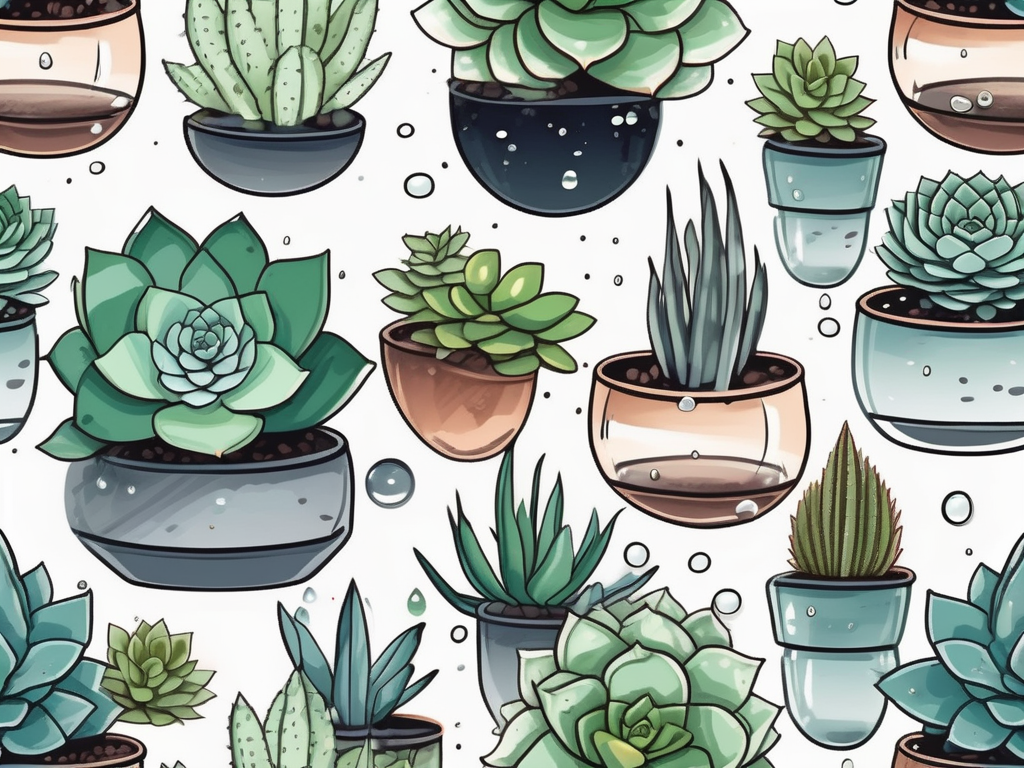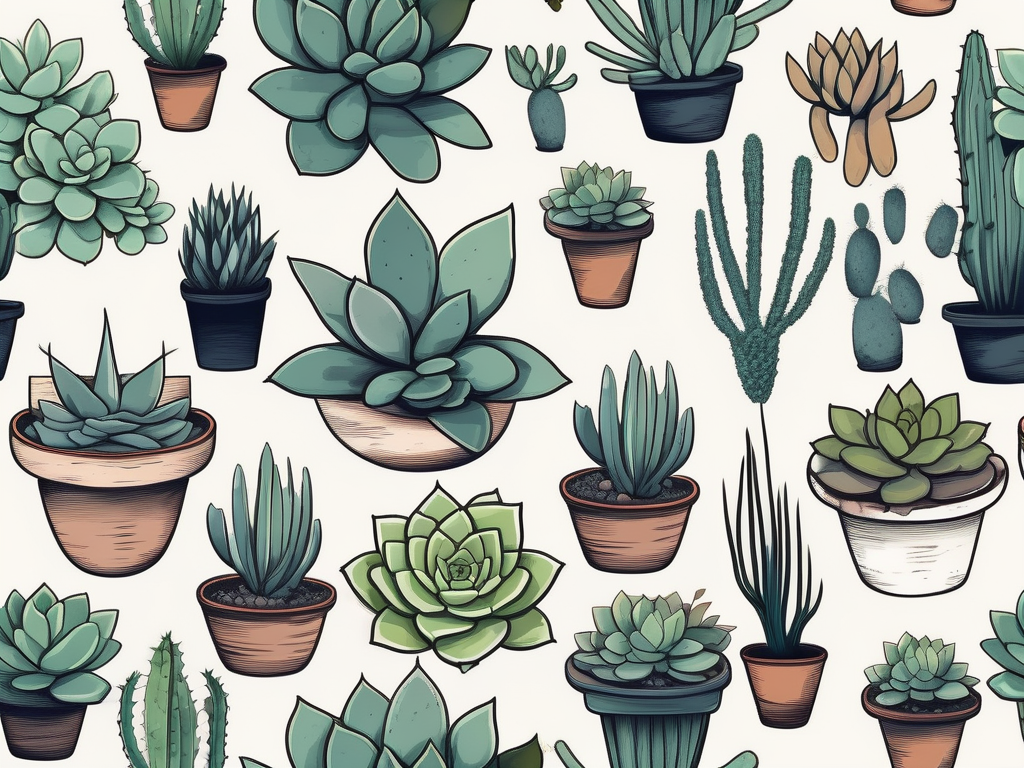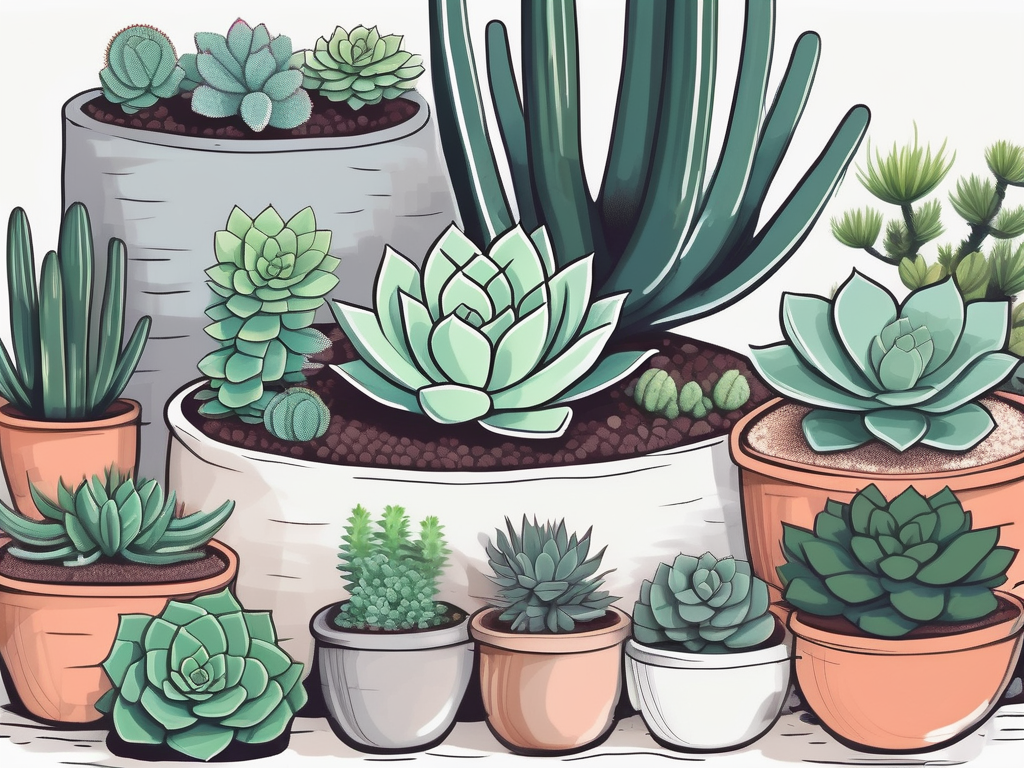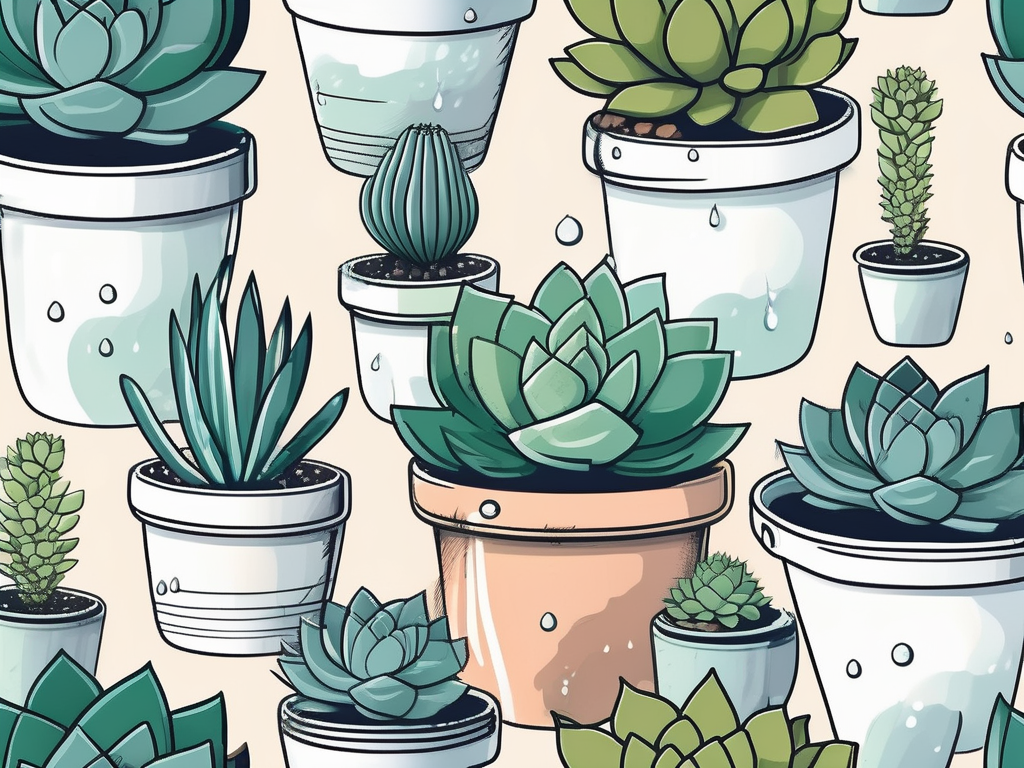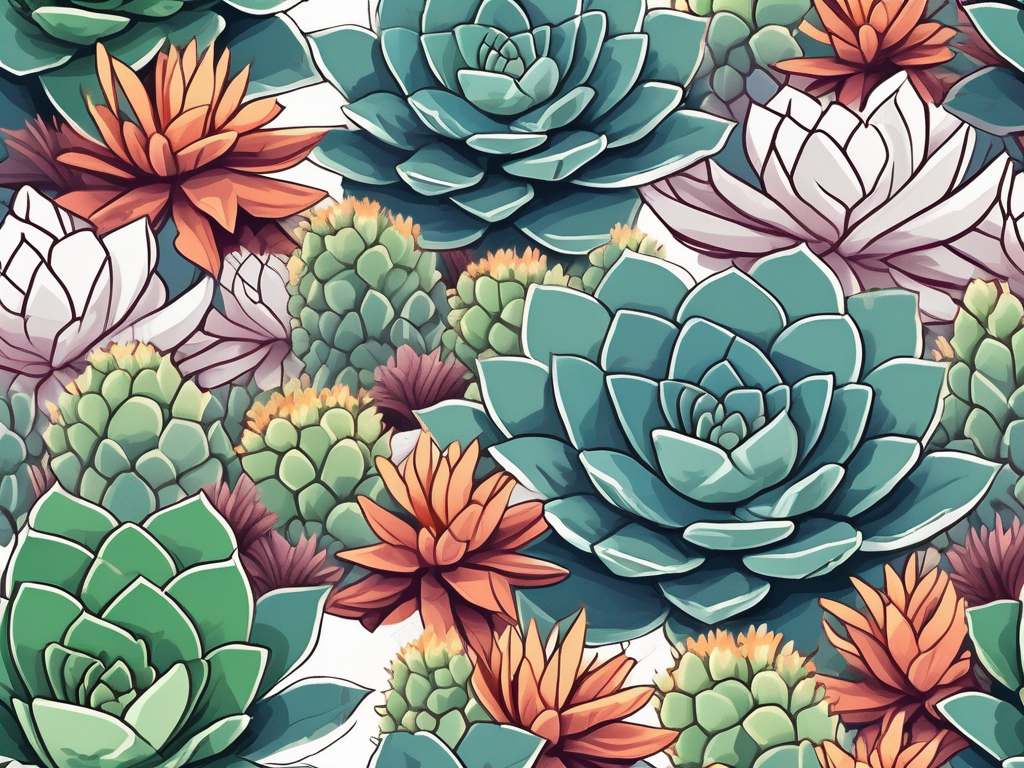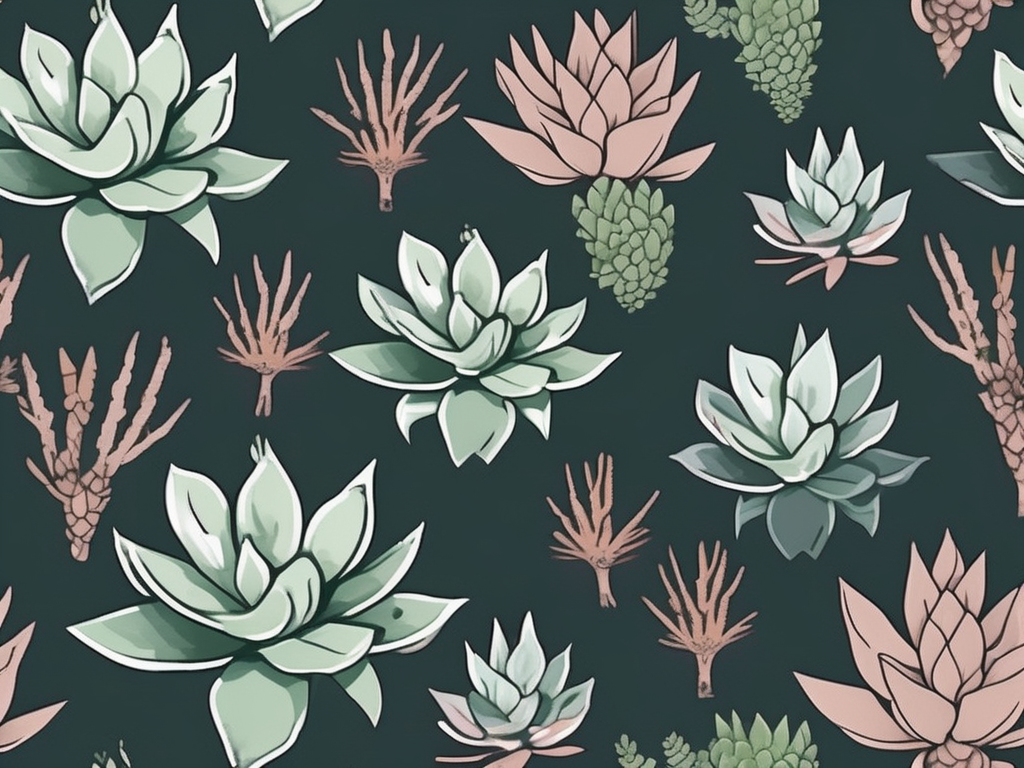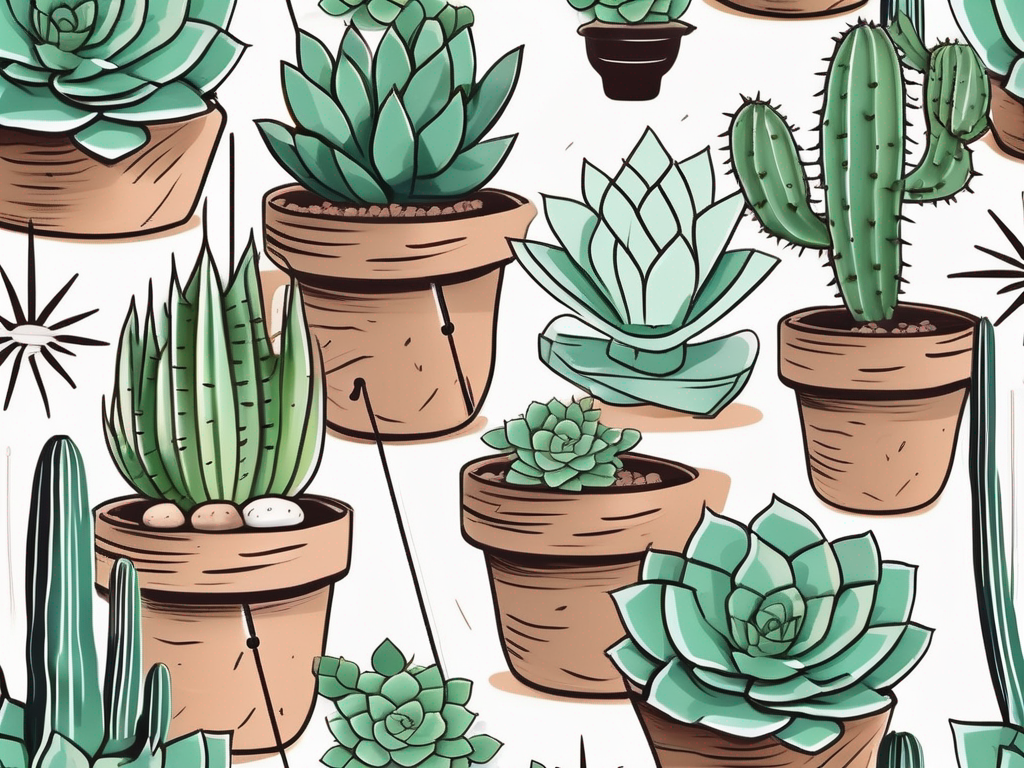
Succulents have taken the plant world by storm, and it's no wonder why. Their unique shapes, low maintenance, and adaptability make them a favorite for both newbie and experienced plant parents alike. But when it comes to keeping these charming plants happy, understanding their temperature tolerance is crucial.
In this article, we'll chat about what temperatures succulents can handle, how to care for them in different climates, and some handy tips to keep them thriving all year round. We'll also touch on how to incorporate these beauties into your home design. So, grab a cup of coffee, and let's get started!
The Basics of Succulent Temperature Tolerance
Succulents, with their fleshy leaves and stems, have evolved to survive in a variety of tough environments. This adaptability is what makes them so resilient. But even the hardiest succulents have their limits. Generally, most succulents prefer temperatures between 60°F and 80°F (15°C and 27°C). This range mimics the conditions of their natural habitats, which are typically arid or semi-arid regions.
Interestingly, while succulents are known for their drought tolerance, they are less frequently associated with temperature extremes. Most succulents can handle short bursts of cold or heat, but prolonged exposure can cause them stress. If the temperature drops below 40°F (4°C), many succulents risk frost damage. On the other end, temperatures above 90°F (32°C) can lead to sunburn and dehydration if not managed properly.
To give your succulents the best chance to thrive, it's essential to understand the specific needs of your type, as some are more temperature-sensitive than others. For example, Jade plants and Aloe Vera can tolerate cooler temperatures, while Echeverias prefer a warmer environment. Knowing these specifics can help you tailor your care approach accordingly.
How to Identify Temperature Stress in Succulents
Spotting temperature stress in succulents can be a bit tricky, especially if you're not sure what to look for. However, paying close attention to their physical appearance can give you clues. Here are some signs your succulents might be struggling with temperature extremes:
- Leaf discoloration: If you notice your succulent's leaves turning brown or black, it could be a sign of frostbite. On the flip side, yellowing or bleaching might indicate sunburn.
- Wrinkled leaves: This is often a sign of dehydration, which can happen if the plant is exposed to excessive heat.
- Soft, mushy leaves: This can signal overwatering or frost damage. If you notice this, it's time to check your watering habits and the temperature the plant is exposed to.
It's important to address these signs promptly. Adjusting the environment or care routine can often help reverse the damage before it's too late. Remember, prevention is better than cure, so keeping a close eye on temperature conditions is key.
Tips for Maintaining Optimal Temperature Indoors
Indoor environments can be a bit more stable than the outdoors, but they still require some attention to keep your succulents happy. Here are some tips to help maintain the right temperature indoors:
- Placement matters: Keep your succulents near a south or east-facing window to ensure they get enough light without being exposed to extreme temperatures.
- Watch out for drafts: Avoid placing succulents near air conditioning vents, heaters, or drafty windows, as these can create temperature fluctuations.
- Room temperature control: If possible, maintain a consistent room temperature that falls within the preferred range for succulents.
By creating a stable indoor environment, you give your succulents the best chance to thrive without the stress of temperature extremes. Plus, a well-placed succulent can add a pop of green to your home decor!
Caring for Succulents in Cooler Climates
If you live in a cooler climate, your succulents might need a little extra TLC to make it through the colder months. Here's how you can help them out:
- Bring them indoors: If your succulents are outside, move them indoors before temperatures dip below 40°F (4°C).
- Use grow lights: In the absence of natural sunlight, grow lights can help provide the necessary light and warmth.
- Adjust watering habits: Succulents need less water during winter, so reduce the frequency to prevent root rot.
By making these small adjustments, your succulents can survive and even thrive during the colder months, ensuring they're ready to burst into growth come spring.
Helping Succulents Cope with Heat
On the other hand, if you live in a hot climate, your succulents might need some help to stay cool. Here are some tips to protect them during heatwaves:
- Provide shade: Use shade cloths or move them to a less exposed area during the hottest part of the day.
- Increase watering: In extreme heat, succulents might need a bit more water, but always make sure the soil dries out between waterings.
- Mulch the soil: A layer of mulch can help retain soil moisture and keep roots cooler.
These strategies can help protect your succulents from heat stress, ensuring they stay healthy and vibrant even when the mercury rises.
Temperature Tolerance Among Different Succulent Types
Not all succulents are created equal when it comes to temperature tolerance. Some can handle more extreme conditions, while others are a bit more finicky. Here's a quick rundown of how some popular succulents fare:
- Aloe Vera: Aloe loves warm temperatures but can tolerate cooler conditions. It's a tough plant that's pretty forgiving.
- Echeveria: These rosette-shaped beauties prefer warmer temps and can suffer in the cold. Keep them in a cozy spot.
- Jade Plant: Jade plants are fairly adaptable but thrive best in moderate temperatures. They can handle a bit of chill if needed.
- Haworthia: These are quite similar to Aloe in terms of temperature needs and are generally quite adaptable, making them suitable for a range of environments.
Knowing the specific needs of your succulents can help you create the ideal environment for them, whether that's indoors or out.
Designing a Succulent-Friendly Space
Succulents not only survive but thrive when they're in the right environment, which makes them perfect candidates for integrating into your home decor. Here are some ideas for creating a succulent-friendly space:
- Window displays: Use shelves or hangers near windows to ensure your succulents get plenty of light.
- Terrariums: These are a great way to showcase succulents, but make sure they have proper drainage and aren't sealed completely, as succulents need airflow.
- Mix and match: Combine different types of succulents for variety in texture and color. Just make sure they have similar water and light needs.
By incorporating succulents into your design, you add a touch of nature to your home. Plus, they're a great conversation starter!
Succulents and Seasonal Changes
One of the fascinating things about succulents is how they respond to seasonal changes. In their natural habitat, these plants have adapted to survive through cycles of heat, cold, drought, and rain. As a result, they have distinct seasonal patterns that you can observe in your own home:
- Spring and summer: This is typically the growing season for succulents. They may need more frequent watering and a bit of fertilizer to support their growth.
- Fall and winter: Many succulents enter a dormant phase during these cooler months. They require less water and can tolerate lower temperatures.
Understanding these patterns can help you align your care routine with the natural rhythms of your plants, leading to healthier and more robust succulents year-round.
Final Thoughts
Succulents are wonderful companions for both seasoned and new plant people. By understanding their temperature tolerance and adjusting their care accordingly, you can enjoy these resilient plants all year long.
At Cafe Planta, we're passionate about helping you keep your plants thriving. We offer a wide variety of houseplants and plant care accessories, and we're always happy to answer any questions you might have. Feel free to email us or reach out on Instagram. Let's bring a bit more green into your home and connect with nature, one plant at a time!













